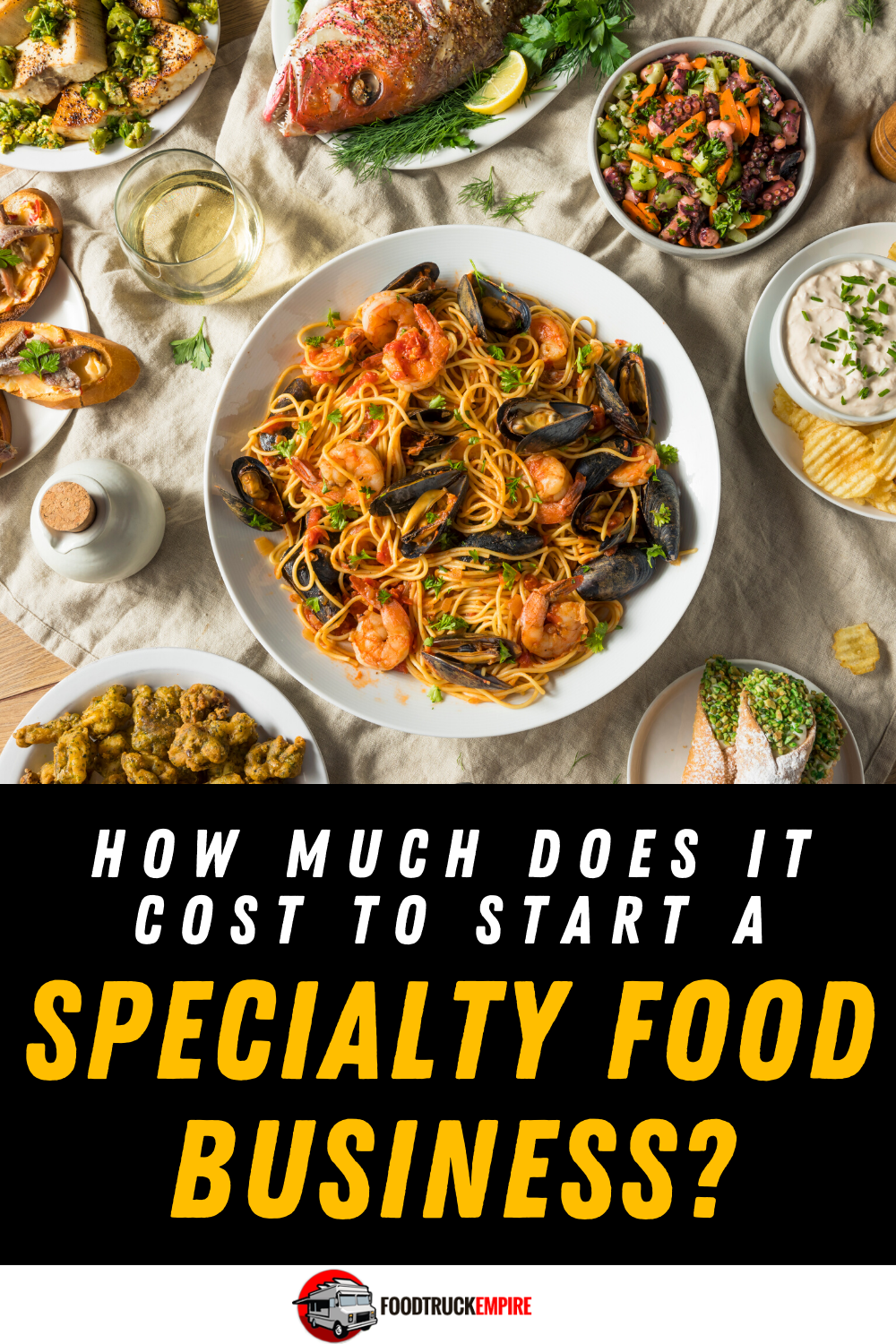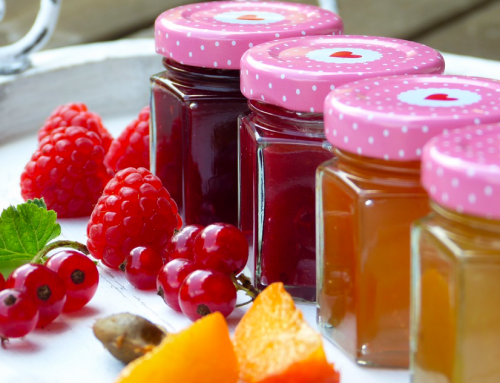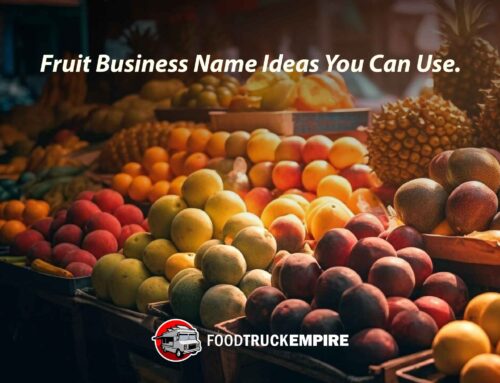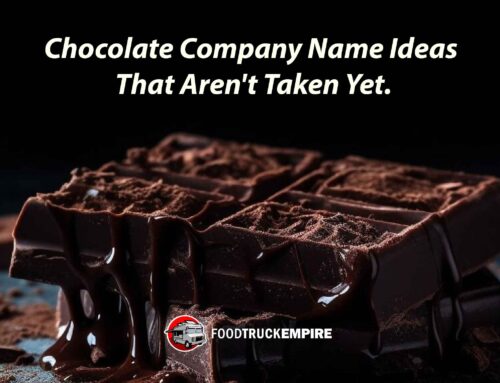It seems to always come down to money when you want to start a specialty food business. But why?
Because money is a tough subject.
Every time financials come up, you’re bound for a super headache. It’s hard to know how much you need, where it’s going to come from, and how long you’ve got before you’re out of money. Finding start-up funds is not the same as making delicious food, so I’ll make this quick and painless for you.
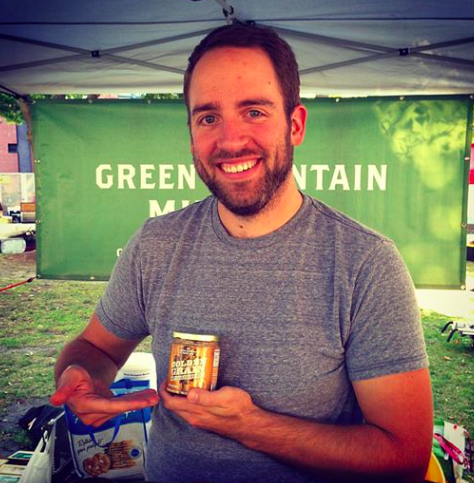
Learn how much it cost to start my mustard company in this guide.
Before I get too deep, I want to bring something up.
For some of you, money may be a touchy subject – especially if you’ve got to put a roof over your head and food on the table for your family. That requires a certain amount of cash and then you have to find a way to fund your business. But, starting a food business doesn’t mean millions of dollars to fit up a brand-new kitchen. It’s doable with a couple of thousand dollars – or even a couple hundred if you’re really thrifty.
Thanks to cottage food laws, you can start creating and legally selling food made in your home kitchen for not much more than the cost of ingredients, packaging, and a small license fee. Pretty cool!
Here’s a list of 31 proven cottage food business ideas you can start for almost nothing. If you want to make gourmet popcorn balls, small-batch pickles, or specialty salsa this is a fantastic way to get started and test out the market for a product with hardly any financial risk. If your goal is to make extra money on weekends with a food business this option is probably the best option for you.
On the other hand, if your mission is to get product onto retail shelves or grocery, you’ll have much higher overhead and startup costs. If this is your goal, you can estimate five – six figures in capital to get started. The world of retail food is very different than slinging salsa at farmers markets on the side. You’re playing with the big boys now and will need more fire power to compete!
If you plan to scale and outsource the manufacturing of your food product, check out The Complete Guide to Profitable Co-Packing. I published an entire training to scale recipe production when you’re ready.
The best way to explain is to share the different costs for the three food companies I’ve started. This will give you a better sense of the specific variable costs that go into starting a food business.
In My Own Experience
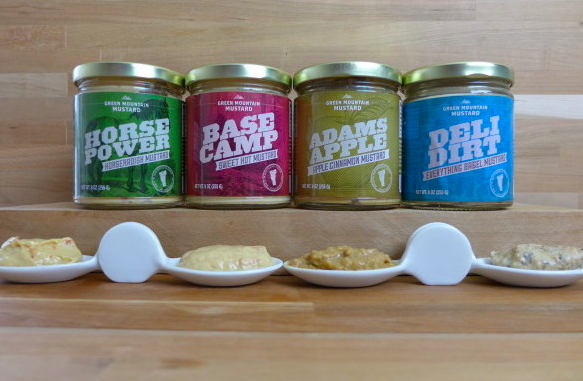
My own line of mustards.
I’ve started three food companies – and all three were completely different financial strategies. Here’s how they all played out:
1st Company: Adams’ Cookie House
I was 15 when I started my first company selling chocolate chip cookies on Fridays in front of a hair salon in town. I got the money for my first few batches from my parents. I didn’t get an allowance, so there wasn’t too much money to my name. This business got started with $50.
2nd Company: Eddie’s Energy Bars
Two years later, I launched an energy bar company. This time, I had enough money from working retail during high school to start this company. It was self-funded for 3.5 years and I never took a loan. My energy bar company took six times the funding of my first food business… a grand total of $300.
3rd Company: Green Mountain Mustard
The money I earned from Eddie’s Energy Bars went into Green Mountain Mustard, so you could say this was self-funded as well. I started my artisan condiment company for $4,000.
As you can see, my three food business were self-funded. (What bank is going to loan a 17 year-old kid money these days?).
That means food business don’t take too much to get up and running, right? That will depend a lot on your vision for the company. Here’s a quick breakdown of what you’ll need to get going.
Learn more: 25 Epic Mistakes I’ve Made Running my Food Business
What do you need to get started?
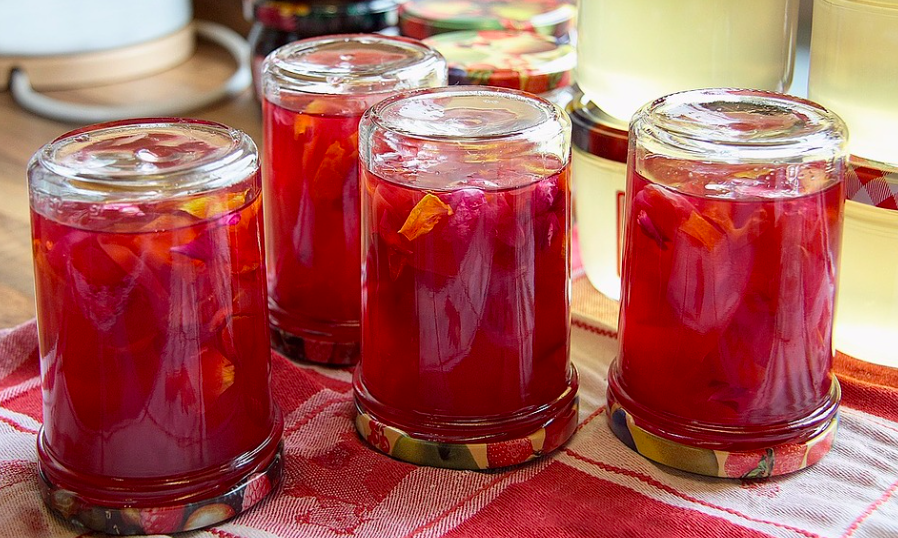
Start by creating a list of all the things you’ll need to legally start a small food business.
Honestly, not that much. Here’s a short (not all-inclusive) list:
-
Food Licenses ($100-$500) ← don’t skip these!
-
State Business Registration Fees ($100)
-
Opening a Bank Account ($50)
-
Product Liability Insurance ($500-$1,000/year)
-
Recipe Process Approval ($70-$100/recipe)
-
Ingredients
-
Labels and Packaging
-
Kitchen Tools & Equipment (misc)
-
Website ($1,000)
-
Business cards ($50)
-
Sales sheets ($20)
Start by writing a list of all the things you’ll need to make your food on a piece of paper or a spreadsheet. This is the first step to getting a ballpark estimate of total startup costs.
How much money does a typical food business spend to start-up?
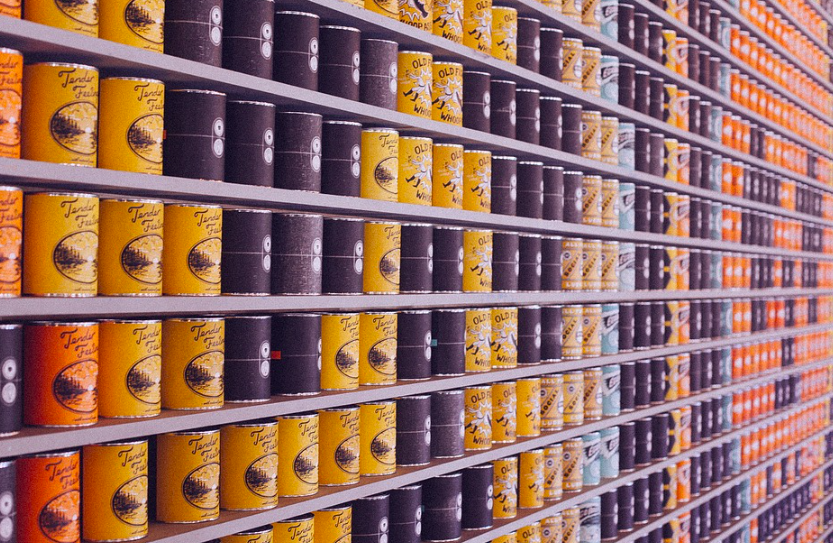
It takes a higher level of investment to get your product placed on store shelves.
I priced a couple of things out above. For my three companies, I started with $50, $300, and $4,000.
And believe me, was I cheap. I only did what I needed to do. As I grew I got insurance, process approvals and such. But to test if I had a product people loved, it didn’t cost too much.
If I had to throw a ball-park estimate for starting a specialty food business, I’d go with $3,000 – $5,000. This assumes you pay a college student to help you design packaging and your website. This also assumes you have limited new equipment needs.
Should you need to invest in your own commercial kitchen or a food manufacturing center, this number is going to be significantly higher. This post estimates you’ll need over $500,000 to start your own commercial kitchen after factoring in expenses like build out, kitchen equipment, and permits.
The size of your commercial kitchen is also a major factor in the total startup cost. Outfitting a commercial kitchen can cost between $200 – $250 per square foot on average.
Can you start for less money?
You don’t need all the bells and whistles. Hold off on the fancy packaging design until you get some cash – or do it yourself. I would absolutely get your licenses and fees in-line. That’s non-negotiable. Everything else is up to you: buy used equipment, get templated business cards, etc.
With a (very) rough idea of start-up costs, you’re probably wondering where the money is going to come from, right? Let’s take a look at several ways you could secure your start-up capital.
Related Reading: How we Started a Handcrafted Nut Butter Company
Where to Find Your Start-up Capital
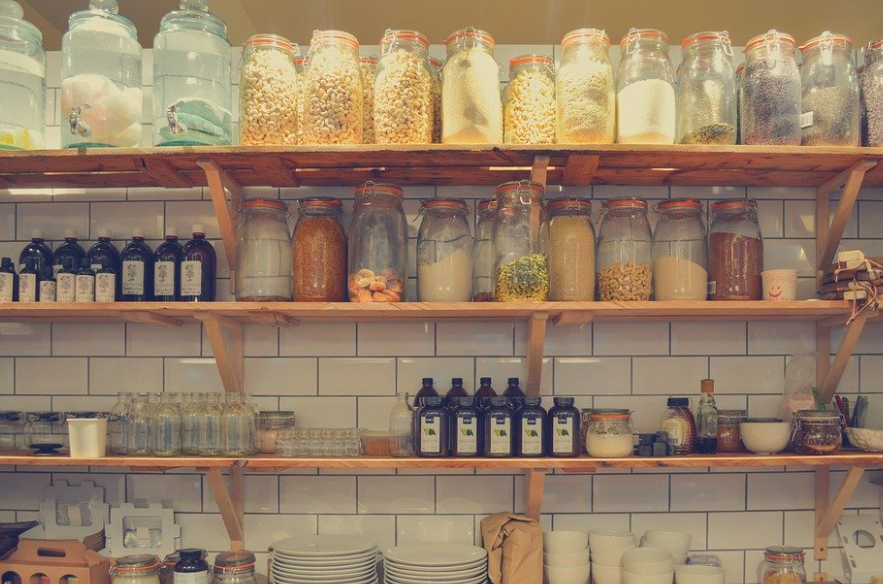
Where will you find startup capital?
1. Self-Funded
While I don’t have the stats, I would bet this is how the majority of small food businesses are started. Using cash from your checking account (or shared account if you’re married) is easy and quick.
2. Bank Loan
Only do this if you need to purchase a large piece of equipment to get your production started. The bank will likely want you to have some skin in the game. Be prepared to put 20-30% of your cash down before the bank will even look at your application.
3. Credit Card
Have you read the stories about food business launching on three – five credit cards? Yep – it’s true. And it’s financially risky. Credit cards carry high interest rates and you may not be able to pay them off on time. If you can, avoid this funding source.
4. Friends and Family
Your food business could definitely get launched with a small loan from family and friends. They’re more likely to give you $5,000 than $50,000. A couple words of wisdom: write up a contract, pay your friend interest, and write a one-page business plan.
5. Use Kickstarter (or Another Crowd-Funding Source)
Kickstarter allows you publish your idea to the masses with a quick video. Then, friends can invest as little as a $1 in your fledgling venture. The catch? If you don’t reach your fundraising goal, you don’t get any of the money raised.
5. Savings/401K
This is the personally-funded part. If you’ve got the money in your checking or savings account, this is the best way to get your food business started. Why? You don’t have to pay anyone back but yourself!
6. SBA Loan or Micro-Loan
The Small Business Administration is on your side. And so are the local economic groups by you. Look at the eligibility requirements before you apply to make sure you qualify. These loan programs may require a bit more planning, but it’ll be worth it when you start to run your business.
7. Business Plan Competition
Relatively new to the scene, business plan competitions are a great way to not only get exposure for your idea, but get some serious cash if you win. Many business plan competitions have at least $5,000 up for grabs. And if you don’t win, there may be someone in the audience interested in giving your company a shot.
Getting cash to start your business can be a challenging hurdle to jump. Hopefully with these seven ways, you’ll have plenty of options to get going. If you’re struggling, don’t give up. Once you get past the question of how you’re going to fund your company, it’ll be a huge weight lifted off your food business chest.
Pro Tip: Don’t waste your money until your business plan and product strategy are in place. Poorly spent business funds are a big reason business go out of business.
